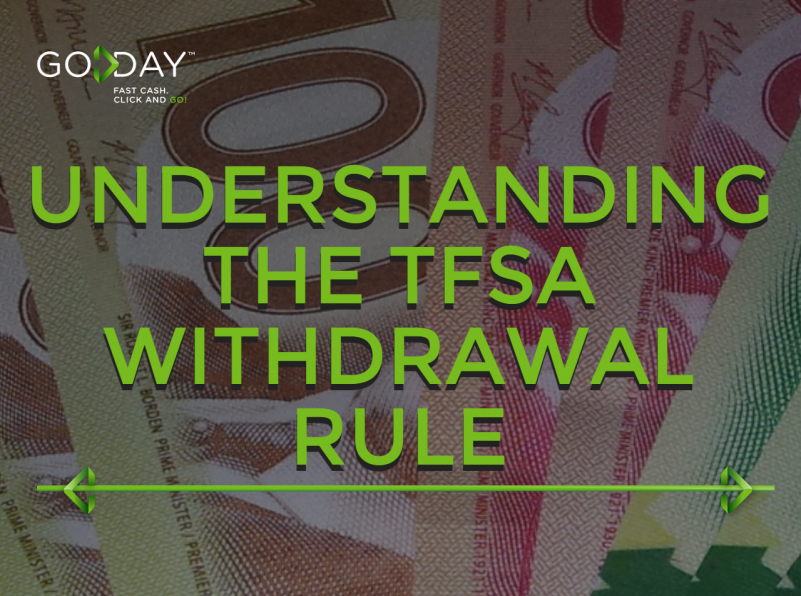If you’re using, or interested in setting up, a TFSA (tax free savings account) you probably are interested in making the most of your savings. Just recently, the federal government doubled the amount you can put into your TSFA, from $5,000 to $10,000! However, upon digging around the wonderful world of the web, we realized that many Canadians aren’t utilizing the benefits of the account as best as they could. Additionally, there seems to be some confusion about the withdrawal rules.
Hopefully, we can help.
First things first
To be able to open a TFSA, you must:
-Be 18 or older (you can start saving before you’re 18, and contribute up to the allowable maximum once you do come of age).
-You must have a valid social insurance number (SIN)
-The above rule suggests you must be either a Canadian citizen or a permanent resident. Non-residents can hold a valid SIN, and thus be able to open a TFSA, however those individuals will be required to pay a 1% tax on each month their contribution stays in a TFSA account.
-You can set up a TFSA through a bank, credit union or insurance company or you can have a self-directed TFSA, which would require you to contact a TFSA issuer.
-The types of TFSA’s offered include a deposit, an arrangement in trust and an annuity contract.
-If you were born in Canada, or were a recognized resident of Canada prior, but live in another country, you may still be allowed to open a TFSA. Maintaining some sort of residential tie to Canada will allow you to do this. Examples of residential ties include having property in Canada, having a valid drivers license in one of the provinces, having an open bank account or line of credit account in Canada, or having medical insurance in Canada.
Withdrawals from your TFSA
You are allowed to withdraw money from your TFSA account for any reason, at any time, without having any impact on your income benefits and credits (like HST, OAS or GIS) and with any other tax consequences.
However, the tricky part that gets a lot of contributors is when they withdraw money and realize they want to put it back. This might be possible without penalty if you haven’t already reached your contribution maximum for the year. For example, in 2014, you max out your contribution limit at $5,500 but then withdrew $2000 to help a family member. The family member ended up no longer needing your help, but unfortunately since you already maxed out your contribution limit, you cannot re-deposit that $2000 into your TFSA.
You must wait until the following tax year to add it back when her contribution room resets.
However, this would only apply if you do not have any “carried over” contribution room from previous years. If you’ve maxed out your contribution room every tax year, then the option doesn’t apply without a penalty (which we will discuss below).
But, if you have not, you may be eligible to re-deposit withdrawn funds if it falls within your carried over contribution room allowance.
This isn’t to say that you’re absolutely prohibited from putting it back into your TFSA. You are allowed, but you will be charged a tax of 1% of whatever the highest excess amount is that remains in your account, for each month in that tax year.
Closing one TFSA but opening another?
Just because it’s the same type of account, doesn’t mean you can seamlessly transfer your entire TFSA balance from one to another. Anything over the tax year’s allowable maximum will be considered an over contribution and you’ll be subjected to the 1% tax on everything over it. Gross.
You can put (and take out) more than just cash
The name of the account is a bit misleading – you can contribute more than just cash into your TFSA. You can also add other qualified investments like stocks and bonds. This is how the experts think you can really maximize the power of a TFSA – stocks and bonds have way more long term wealth-building potential than just plain old cash.
TFSA’s are a great wealth building tool that you should try to include in your financial portfolio. The bottom line to maximizing their potential? Don’t over contribute and try to include stocks and bonds! To learn more about TFSA’s, visit your bank or financial institution, or check out the Government of Canada’s TFSA FAQ page here.



